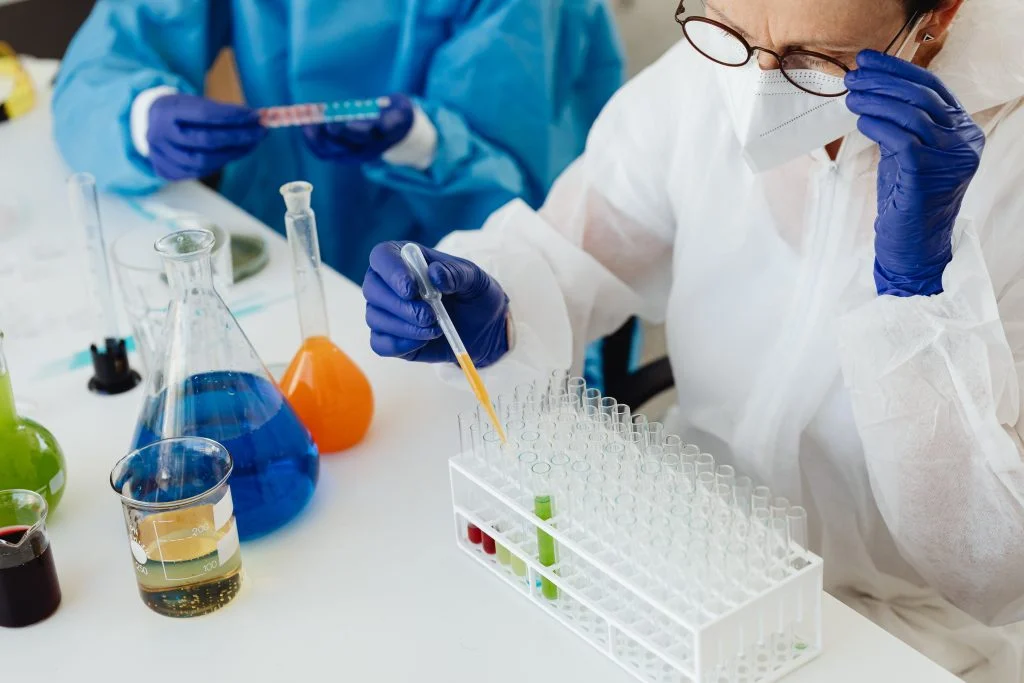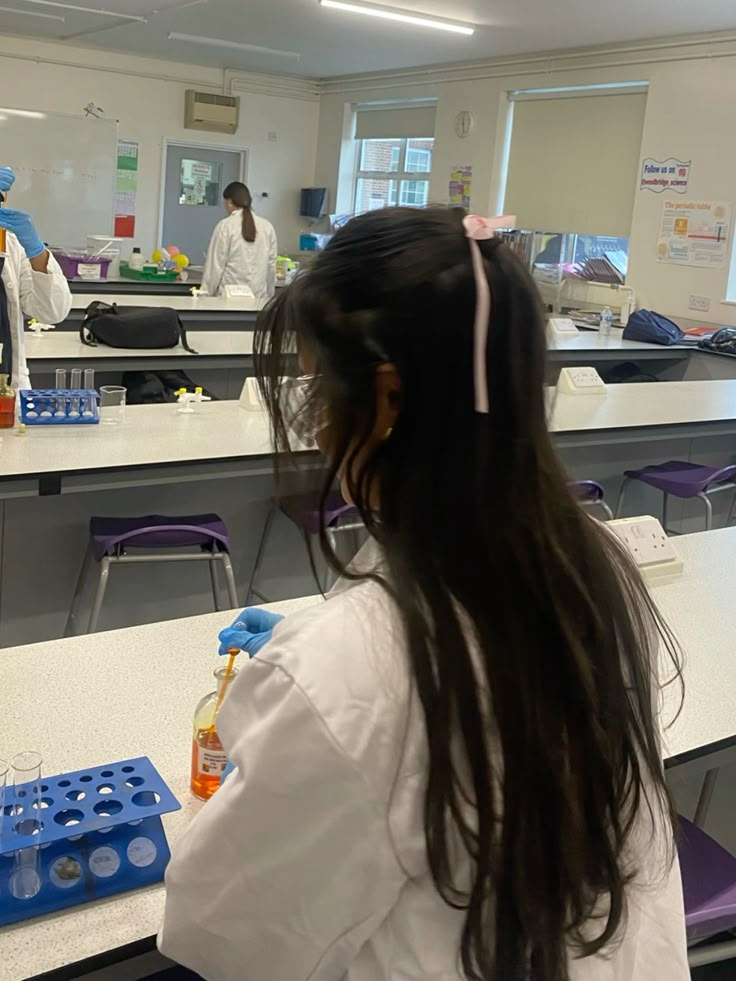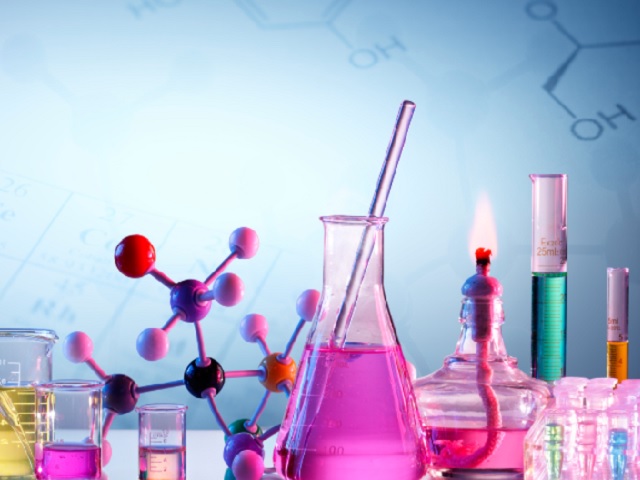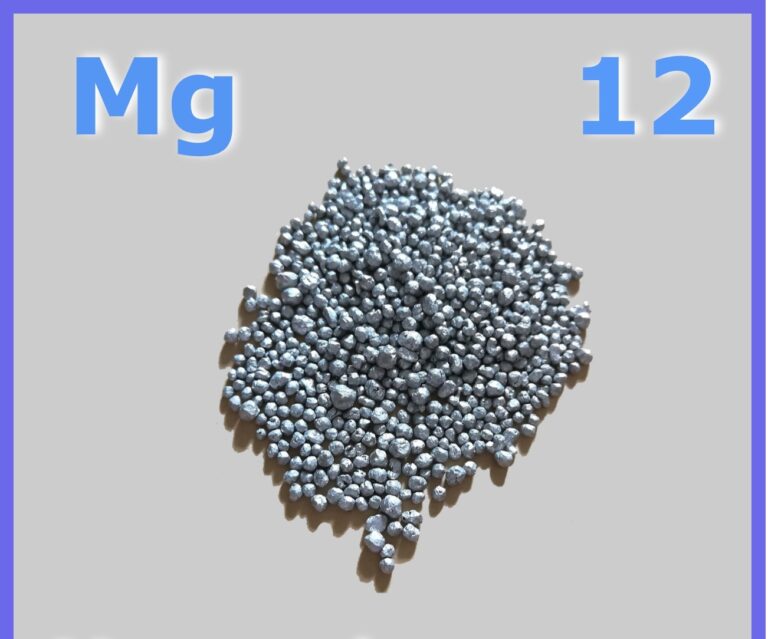Book Appointment Now
Stoichiometry 12: How Many Grams of Water Are Produced When 170 Grams of Ammonia React with Excess Oxygen?

Introduction
To illustrate, here’s a practical scenario:
In an industrial chemical reaction, you’re starting with a known mass of ammonia. You want to predict how much water will be formed when it reacts with excess oxygen.
Furthermore, this isn’t just a classroom exercise.
Additionally, Industries rely on these calculations to manage processes, prevent safety issues, and control costs.
In this lesson, we’ll solve a common stoichiometry problem:
How many grams of water are produced when 170 grams of ammonia react with excess oxygen?
We’ll walk through every step, ensuring you not only get the right answer but also understand the “why” behind each part of the process.
Problem Statement — What Are We Solving?
The question is clear:
How many grams of water (H₂O) are produced when 170 grams of ammonia (NH₃) react with excess oxygen (O₂)?
Given Data:
- Balanced chemical equation:
4 NH₃ + 5 O₂ → 4 NO + 6 H₂O - Molar mass of ammonia (NH₃): 17 g/mol
- Molar mass of water (H₂O): 18 g/mol
Our task is to go from grams of ammonia to grams of water — a classic stoichiometric conversion.
Step 1: Convert Grams of Ammonia to Moles
Since mole ratios are used in chemical equations, our first step is to convert ammonia’s mass to moles.
Formula:
Moles = Mass ÷ Molar Mass
Given:
- Mass of NH₃ = 170 grams
- Molar mass of NH₃ = 17 g/mol
Calculation:
Moles of NH₃ = 170 ÷ 17 = 10 moles
So, 170 grams of ammonia corresponds to 10 moles of NH₃.
Consequently, this step sets the foundation for applying mole ratios accurately.
Step 2: Use the Mole Ratio to Find Moles of Water Produced
Now that we know the moles of ammonia, we can determine how much water is produced.
From the balanced equation:
- 4 moles of NH₃ produce
- 6 moles of H₂O
This gives us a mole ratio:
4 NH₃ : 6 H₂O
With this ratio, we determine how many moles of water form from 10 moles of ammonia:
(6 moles H₂O / 4 moles NH₃) × 10 moles NH₃ = 15 moles H₂O
Thus, 15 moles of water will be produced when 10 moles of ammonia react.
At this point, the balanced equation guides us to the correct relationship between reactants and products
Step 3: Convert Moles of Water to Grams
The question specifically asks for the mass of water in grams.
Given:
- Molar mass of H₂O = 18 g/mol
Formula:
Mass = Moles × Molar Mass
Calculation:
Mass of H₂O = 15 moles × 18 g/mol = 270 grams
Final Answer:
270 grams of water are produced when 170 grams of ammonia react with excess oxygen.
This therefore completes the problem, connecting the theoretical mole relationships to practical, real-world quantities.
Step 4: Common Mistakes to Watch Out For
Even though the method is systematic, students often stumble on these kinds of problems.
Let’s go over typical mistakes and how to avoid them:
- Confusing Mole Ratios
A common error is flipping the ratio — mistakenly using 6 NH₃ : 4 H₂O instead of 4 NH₃ : 6 H₂O.
Always double-check the balanced equation before setting up your ratio. - Using Incorrect Molar Mass Values
Additionally, sometimes students mistakenly use the molar mass of oxygen (32 g/mol) or water (18 g/mol) in the wrong place.
Be clear about which substance you’re calculating for. - Forgetting to Convert Moles Back to Grams
It’s easy to stop after finding moles of water, but the problem asks for grams.
Always ensure your final answer is in the correct unit. - Neglecting the Balanced Equation
Some students attempt to “wing it” with rough estimates instead of using the actual balanced equation.
This nearly always leads to incorrect answers.
Additionally, mastering these small details ensures accuracy and builds confidence in stoichiometry.
Step 5: Real-World Applications — Why This Calculation Matters
This is more than just a school exercise.
Consequently, in the real world, these calculations help industries manage chemical processes with precision.
For example:
- In fertilizer production, ammonia is a primary reactant. Predicting water output helps engineers design systems to manage byproducts and avoid pressure buildup in reactors.
- In environmental control systems, water formation impacts condensation management, drainage design, and emission control.
- In chemical manufacturing, knowing byproduct quantities like water allows companies to optimize efficiency, reduce waste, and comply with environmental regulations.
Consequently, miscalculating these values could lead to production inefficiencies, safety hazards, or costly environmental penalties.
Therefore, understanding stoichiometry is not just academic — it’s practical and essential.
Step 6: Final Wrap-Up — What You’ve Learned
Let’s recap the path we took:
- Converted grams of ammonia to moles:
170 ÷ 17 = 10 moles of NH₃. - Applied the mole ratio from the balanced equation (4 NH₃ : 6 H₂O):
(6 ÷ 4) × 10 = 15 moles of H₂O. - Converted moles of water to grams:
15 × 18 = 270 grams of H₂O.
Final Answer:
270 grams of water are produced when 170 grams of ammonia react with excess oxygen.
This method — convert mass to moles, apply the mole ratio, convert back to mass — is at the heart of stoichiometry.
Consequently, you can confidently solve any similar problem once you understand this flow.
Want to build rock-solid stoichiometry skills for exams and real-world applications?
At Copychemistry, we help you move beyond memorization to true mastery.
Here’s what you’ll find:
- Step-by-step tutorials that make mole ratios and conversions easy to grasp.
- Exam-style problem sets that sharpen your accuracy and speed.
- Real-world applications to show why these skills matter outside the classroom.
- Immediate feedback to help you correct mistakes and build confidence.
Whether you’re aiming for high exam scores or preparing for a career in chemical industries,
CopyChemistry equips you with the tools you need.
Stop memorizing.
Start mastering.
Visit copychemistry today.



